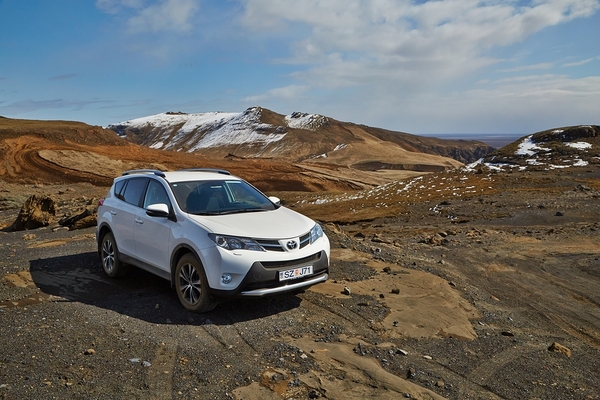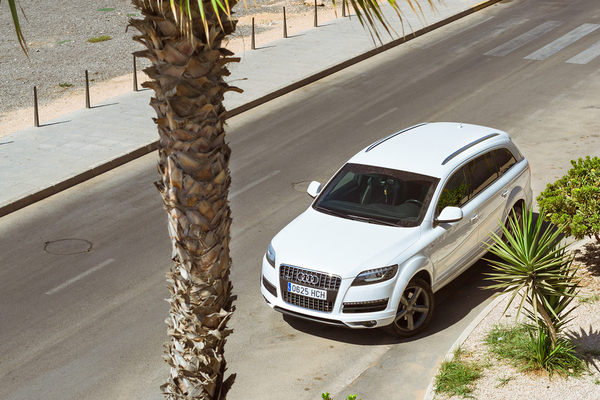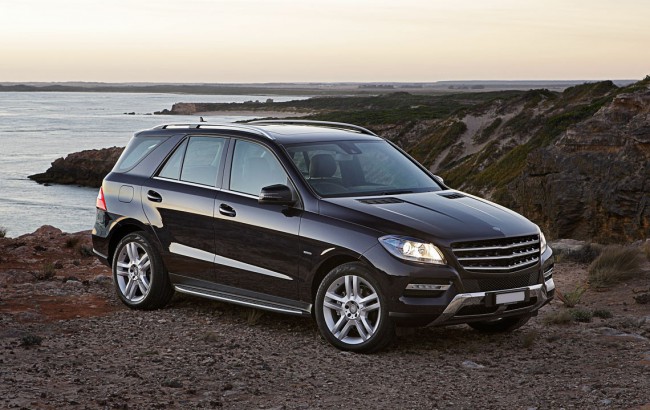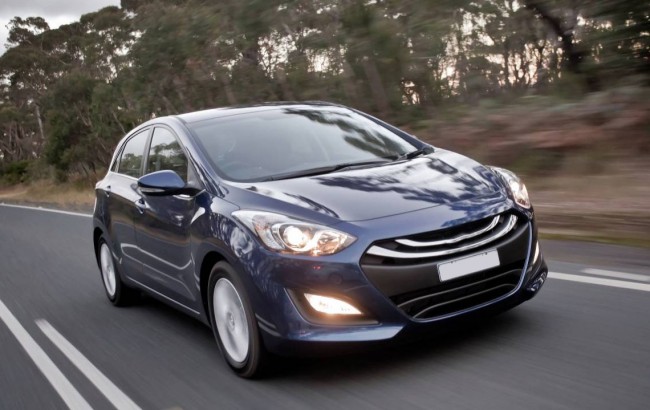What’s the Difference Between 4-Wheel Drive and All-Wheel Drive?
What’s the Difference Between 4-Wheel Drive and All-Wheel Drive?

Four-wheel drive is best for off-road conditions.
“All-wheel drive,” “four wheel drive,” same thing, right? Many people seem to think so. But there are some important differences between the two. So why might you want one and not the other?
What Is Four-Wheel Drive?
“Drive,” in this context, means where the power from the engine goes. To understand the concept, think about a bicycle; as you pedal, all the power from your work goes to the back wheel to propel the bike. The front wheel isn’t powered; you use it to steer. Rear wheel drives use the same concept, and it’s still fairly popular because it means the weight of the car is evenly distributed. However, front-wheel drive is also fairly common. Before 1990, in fact, every car Chrysler made had it.
The problem with both set-ups, though, is that if the wheels getting all the power get stuck, the car won’t move. Four-wheel drive first became popular in snowy and muddy areas because it meant if two wheels got stuck, you could still get out. Four-wheel drive sends all the power to a transfer case, which divides the power between the front and rear axles so every wheel has the maximum amount of torque.
Four-wheel drive isn’t great for turning, though. To make a turn, the outside wheel has to move faster than the inside one. This is why you have a wider turning radius when you’re going faster; one wheel needs to slow down. In most cars with 4WD, it’s something you can turn on and off so you can have better handling when you need it, and more power when you need that. So where does all-wheel drive come into the picture?

All wheel drive is best for normal day-to-day driving.
What Is All-Wheel Drive?
All-wheel drive is essentially a more efficient version of 4WD. Remember what was said about power to the wheels? Instead of putting all the power in all the wheels all of the time, an all-wheel drive system routes power to the wheels dependent upon your needs.
AWD systems use a set of differentials, essentially a set of gears tuned to different power levels, at the center, front and rear. The center differential is the nerve center that decides where the power goes overall, and the front and rear differentials decide how much power goes to which wheel on their respective axle.
As any engineer can tell you, the more links you have in a system, the more power it absorbs, and that’s true of AWD. In terms of sheer, raw, power to the wheels, 4WD is a superior system. But AWD, especially electronic AWD, has some distinct advantages. For example, in dangerous road conditions, it can constantly shift power to the tires that need it most to keep you safe on the road.
Which To Choose?
In most cases, you’ll want to go with AWD. If you’re not going off-road, or aren’t regularly dealing with muddy roads or deep snow, 4WD isn’t really necessary for your car, and AWD offers better safety options. But if you are off the road a lot, or just need sheer raw power to the tires, 4WD is your best bet. To get started with your dream vehicle, subscribe to get alerts on vehicles in your area.


